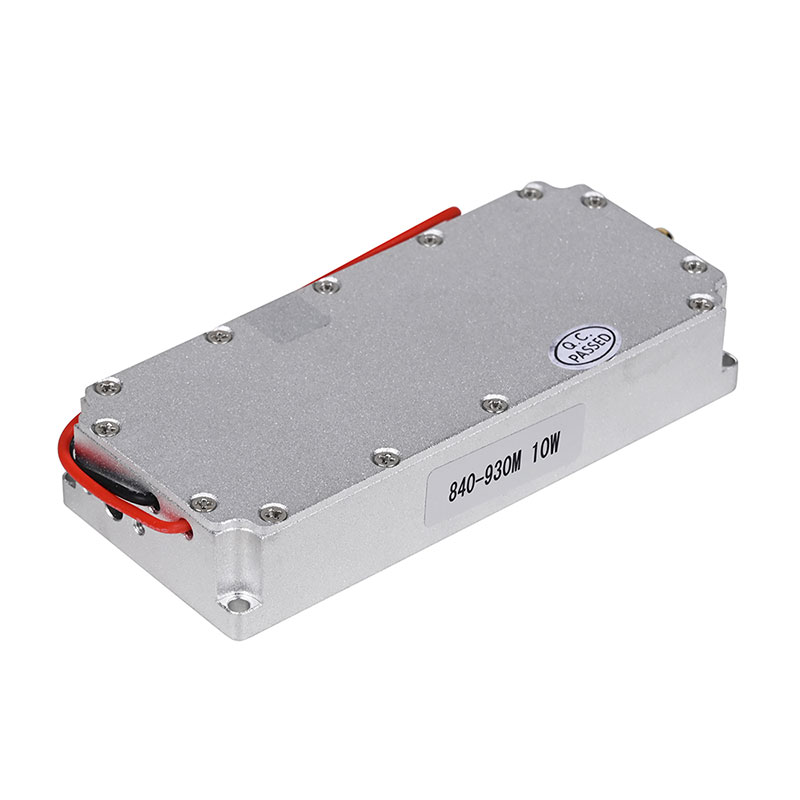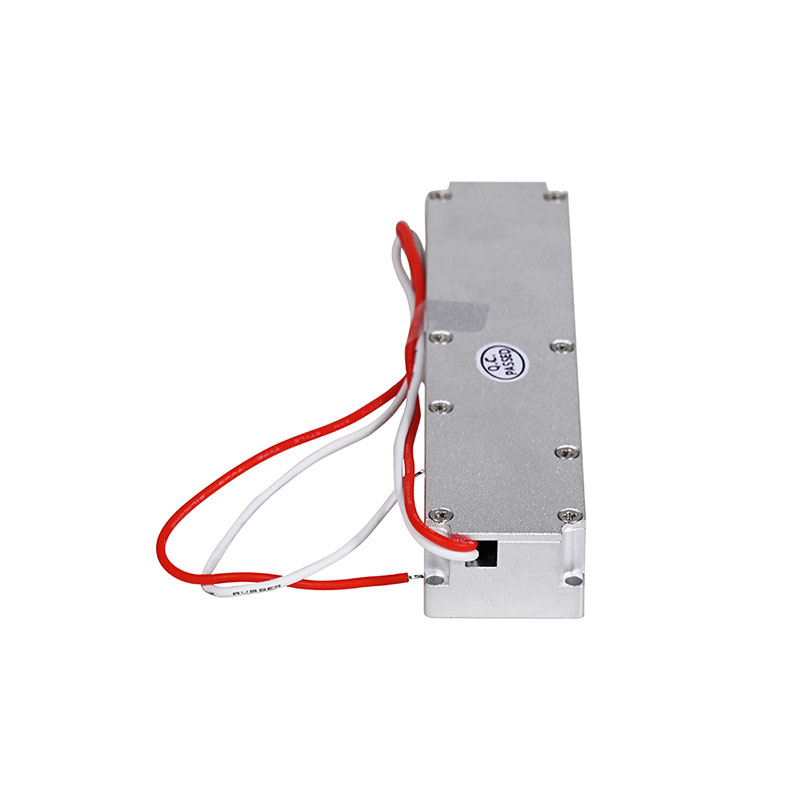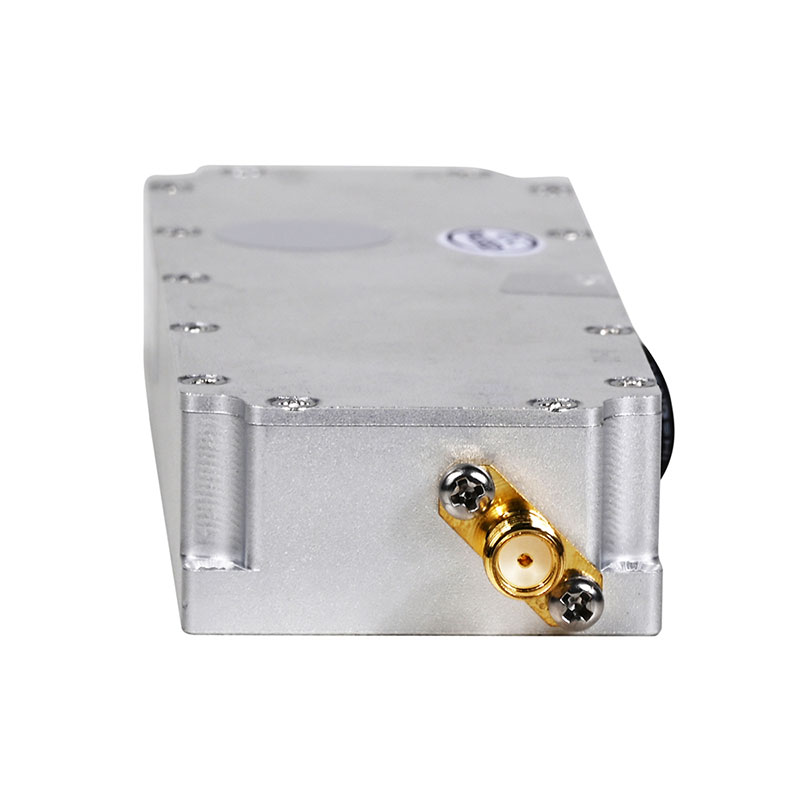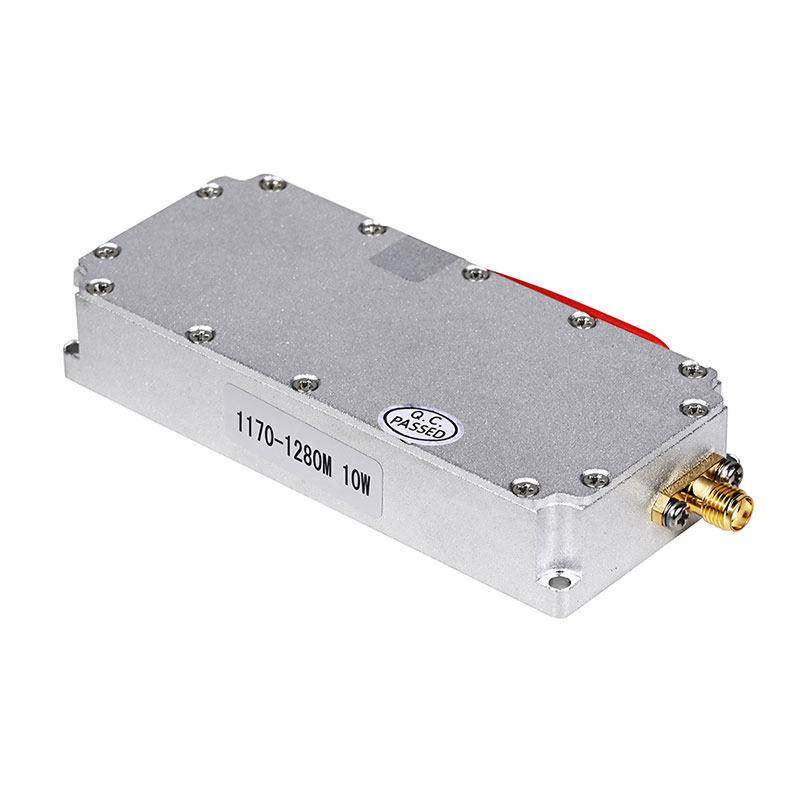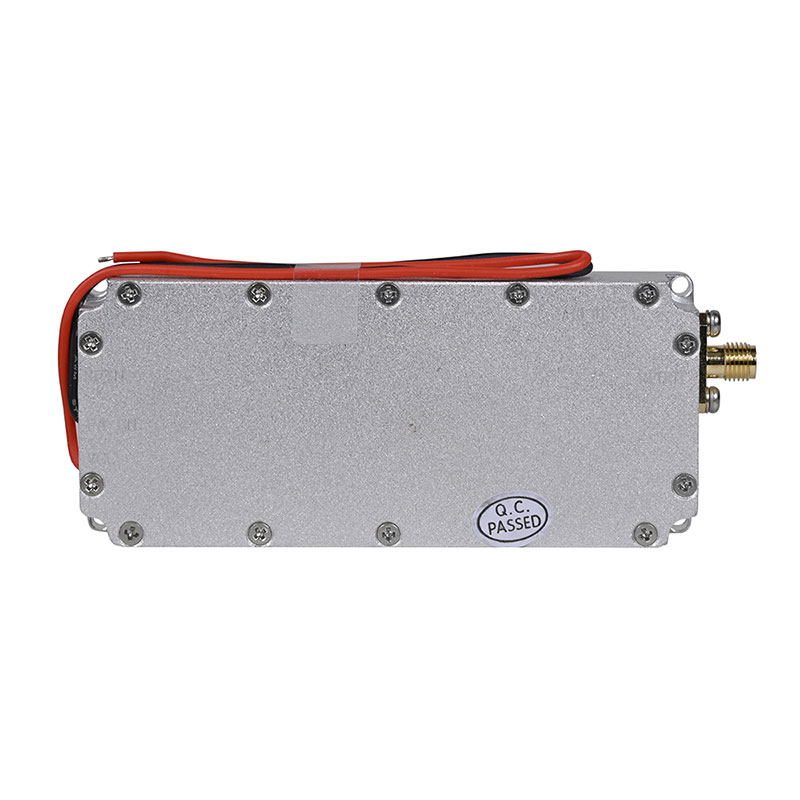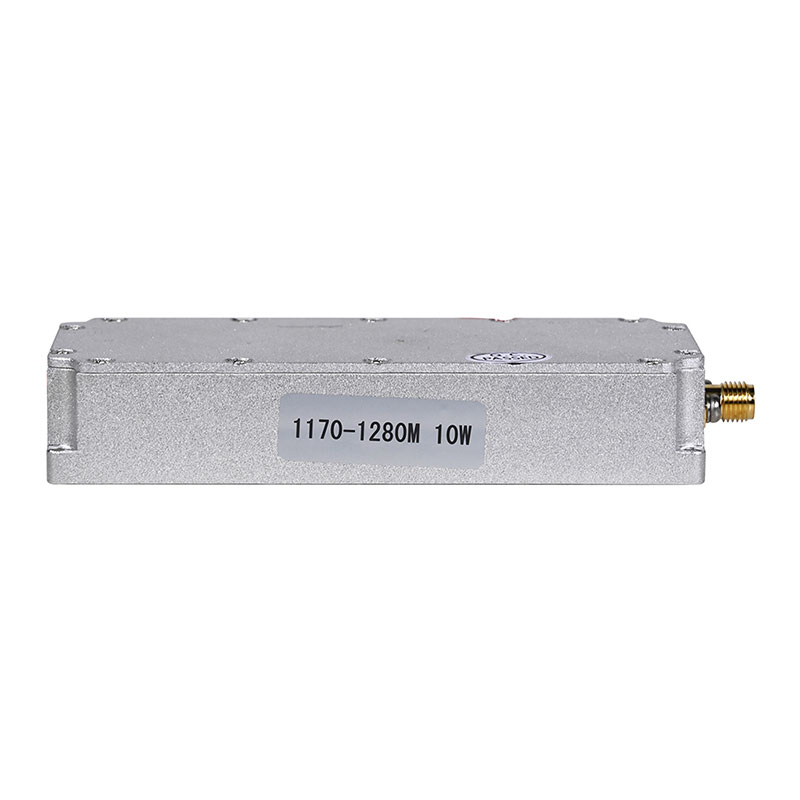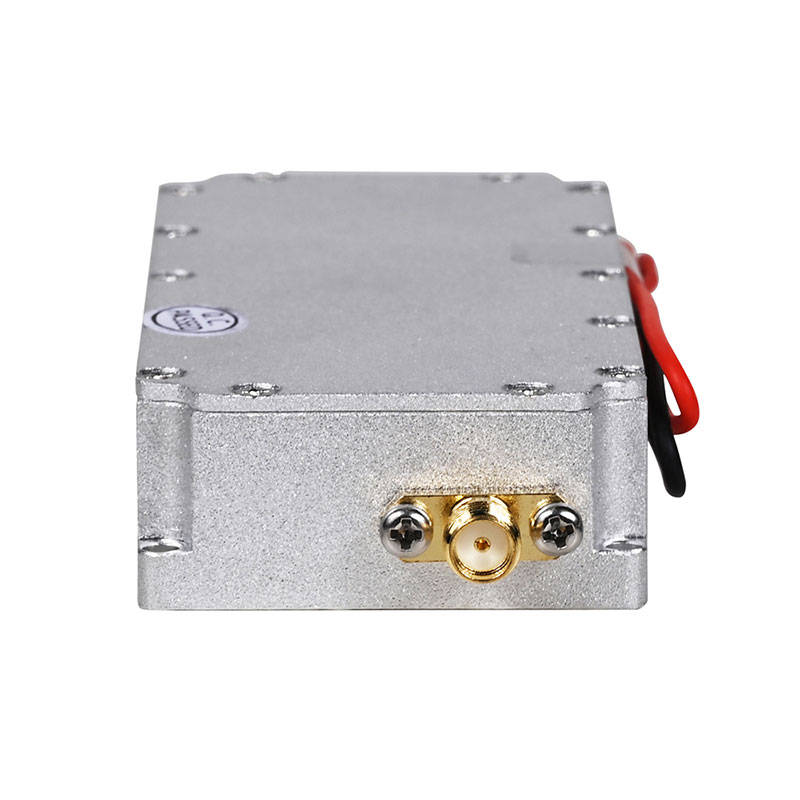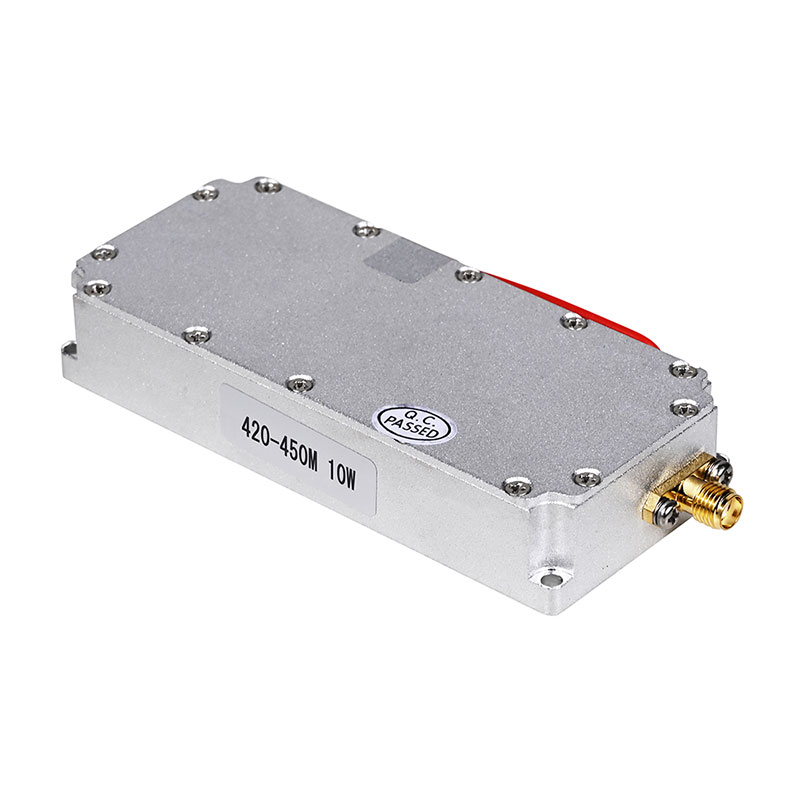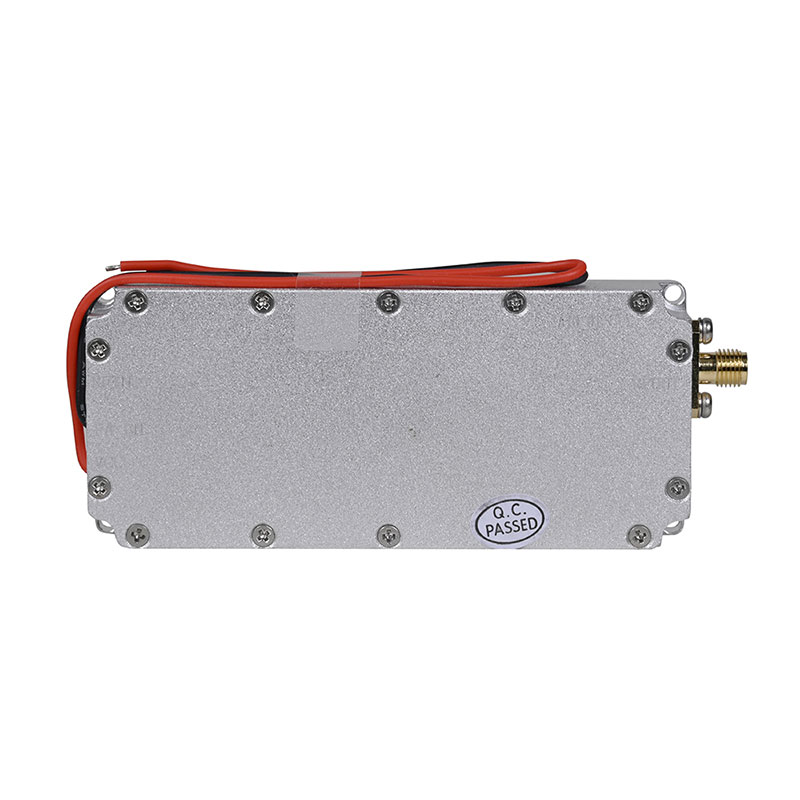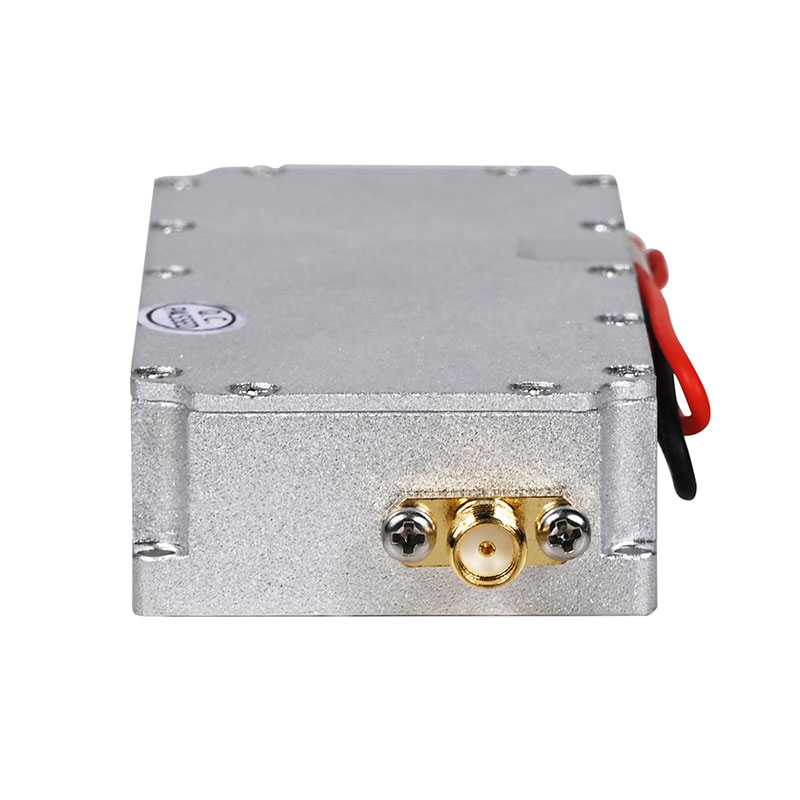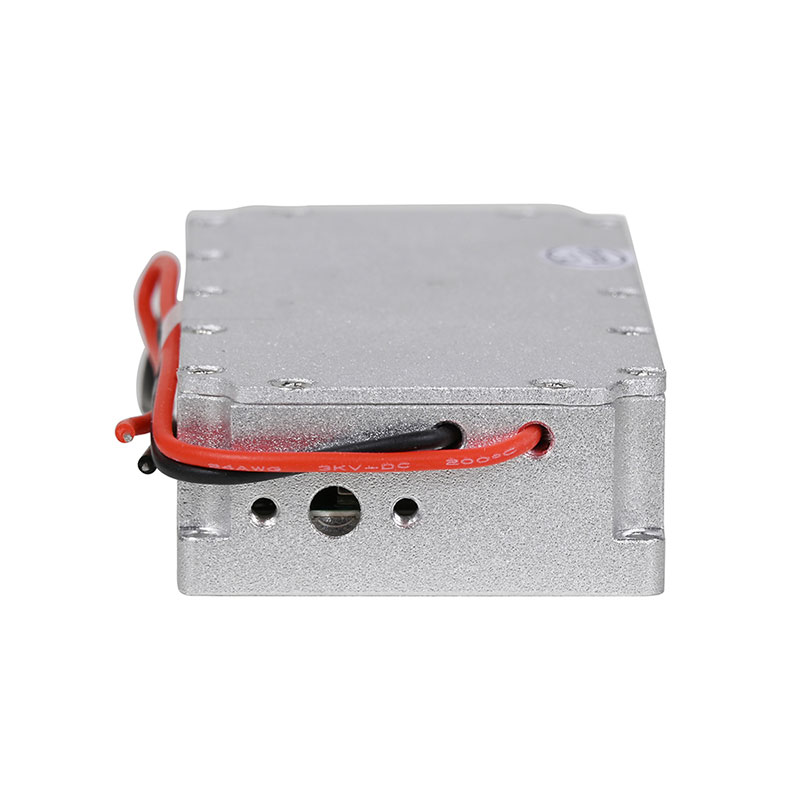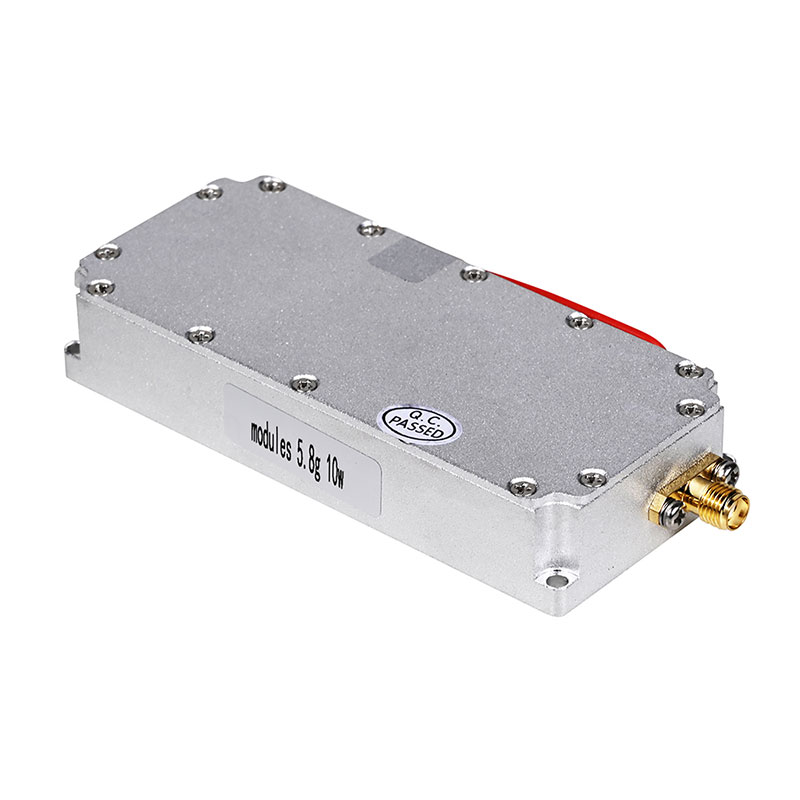
- English
- Español
- Português
- русский
- Français
- 日本語
- Deutsch
- tiếng Việt
- Italiano
- Nederlands
- ภาษาไทย
- Polski
- 한국어
- Svenska
- magyar
- Malay
- বাংলা ভাষার
- Dansk
- Suomi
- हिन्दी
- Pilipino
- Türkçe
- Gaeilge
- العربية
- Indonesia
- Norsk
- تمل
- český
- ελληνικά
- український
- Javanese
- فارسی
- தமிழ்
- తెలుగు
- नेपाली
- Burmese
- български
- ລາວ
- Latine
- Қазақша
- Euskal
- Azərbaycan
- Slovenský jazyk
- Македонски
- Lietuvos
- Eesti Keel
- Română
- Slovenski
- मराठी
- Srpski језик
10W 1170-1280MHz Anti Drone Module
THY introduces a robust 10W 1170-1280MHz anti drone module designed for the rigorous demands of drone counteraction. Our specialization in drone jamming, anti drone modules, and anti-drone technology enables us to provide a customizable frequency solution for your security needs.
Send Inquiry
In response to the escalating risks associated with the widespread misuse of drones, the 10W 420-450MHz Drone UAV GPS Jammer Module has emerged as a critical tool for combating these challenges effectively. By specifically targeting the fundamental GPS and WiFi frequencies utilized by drones, this module serves as a pivotal defense mechanism to maintain security and regulatory order in airspace environments. With the prevalence of unauthorized drone operations posing significant threats, this module plays a crucial role in addressing these concerns. Furthermore, the high stability and performance of the module have garnered widespread acclaim among customers, underscoring its instrumental role in anti-drone initiatives and airspace protection.
THY 10W 1170-1280MHz Anti Drone Module Parameter
| Project | Index | Unit | Remark | ||
| Frequency Range | 1170-1280 | MHz | Customers can customize the frequency | ||
| Operating Voltage | 28 | V | 28-32V | ||
| Maximum output power | 40±0.5 | dBm | 10W@≤1A | ||
| Gain | 35±1 | dB | Peak-to-peak | ||
| In-band fluctuations | ≤2 | dB | Peak-to-peak | ||
| Spurious emissions | Within work zone | ≤-15dBm/1MHz | dBm |
Center frequency plus CW signal to maximum Output power time measurement |
|
| Outside work zone | 9KHz~1GHz | No higher than normal noise floor clutter | dBm | ||
| 1G~12.75GHz | dBm | ||||
| Output voltage standing wave ratio | ≤1.30 | Without power, standard network output -10dBm | |||
| ≤1.30 | Power Up, Dual Directional Coupler Test | ||||
| High and low temperature test | Working temperature | -10~+55 | ℃ | Low temperature can start | |
| Gain stability | ±1.5 @-40℃~+55℃ | dB | |||
| Power stability | ±1 @-40℃~+55℃ | dB | |||
| Power supply requirements | ≥2A@+28Vdc; | Continuous wave output 10W | |||
| Power supply interface | Power cord red positive black negative | red positive black negative | |||
| RF output connector | SMA | SMA external screw female seat | |||
| Electric current | ≤1 | A | |||
| Size | 25.6*111.7*17 | mm | |||
| Weight | 0.14 | Kg | |||
FZX 10W 1170-1280MHz Anti Drone Module Feature And Application
The purpose of a drone countermeasure anti drone module (Radio Frequency module) is to impede the functionality of drones by emitting specific radio frequencies. These modules are integral to drone countermeasure systems, fulfilling several essential roles:
Communication Disruption: By transmitting on the frequencies utilized by drones for control, the anti drone module can effectively jam the communication link, resulting in the operator losing control and potentially activating the drone's safety protocols.
Navigation Interference: Since many drones depend on GPS for navigation, the anti drone module can emit signals that interfere with GPS reception, causing the drone to lose its positional accuracy and thus its effective navigation capability.
Forcing Drone Responses: The interference with both communication and navigation can compel the drone to execute pre-programmed safety actions, such as landing immediately or returning to its starting point.
Prevention of Illegal Activities: In areas where privacy or security is critical, the anti drone module serves as a preventative measure against the illegal use of drones for surveillance or other harmful activities.
Protection of Sensitive Sites: By being strategically deployed around sensitive locations like military bases or government buildings, the anti drone module helps to establish a protective shield against drone intrusions.
Maintenance of Safe Airspace: During events that necessitate clear and safe airspace, such as public gatherings or emergency responses, the anti drone module ensures that drones do not pose a risk to the proceedings.
In summary, the drone countermeasure anti drone module is engineered to intervene in the drone's operational framework, using radio frequency interference to enforce safety and security measures, thereby safeguarding designated areas from potential drone-related threats.

